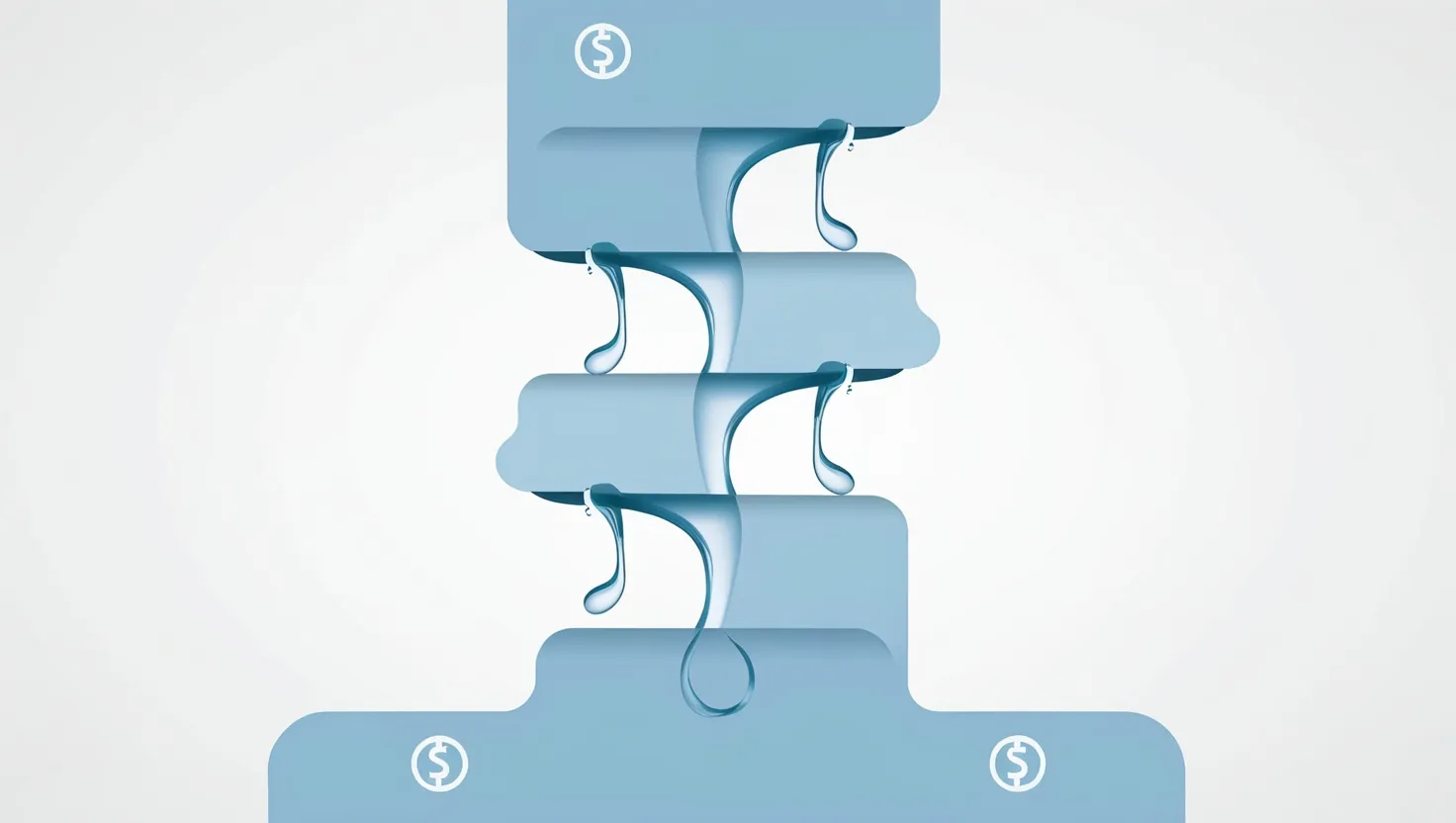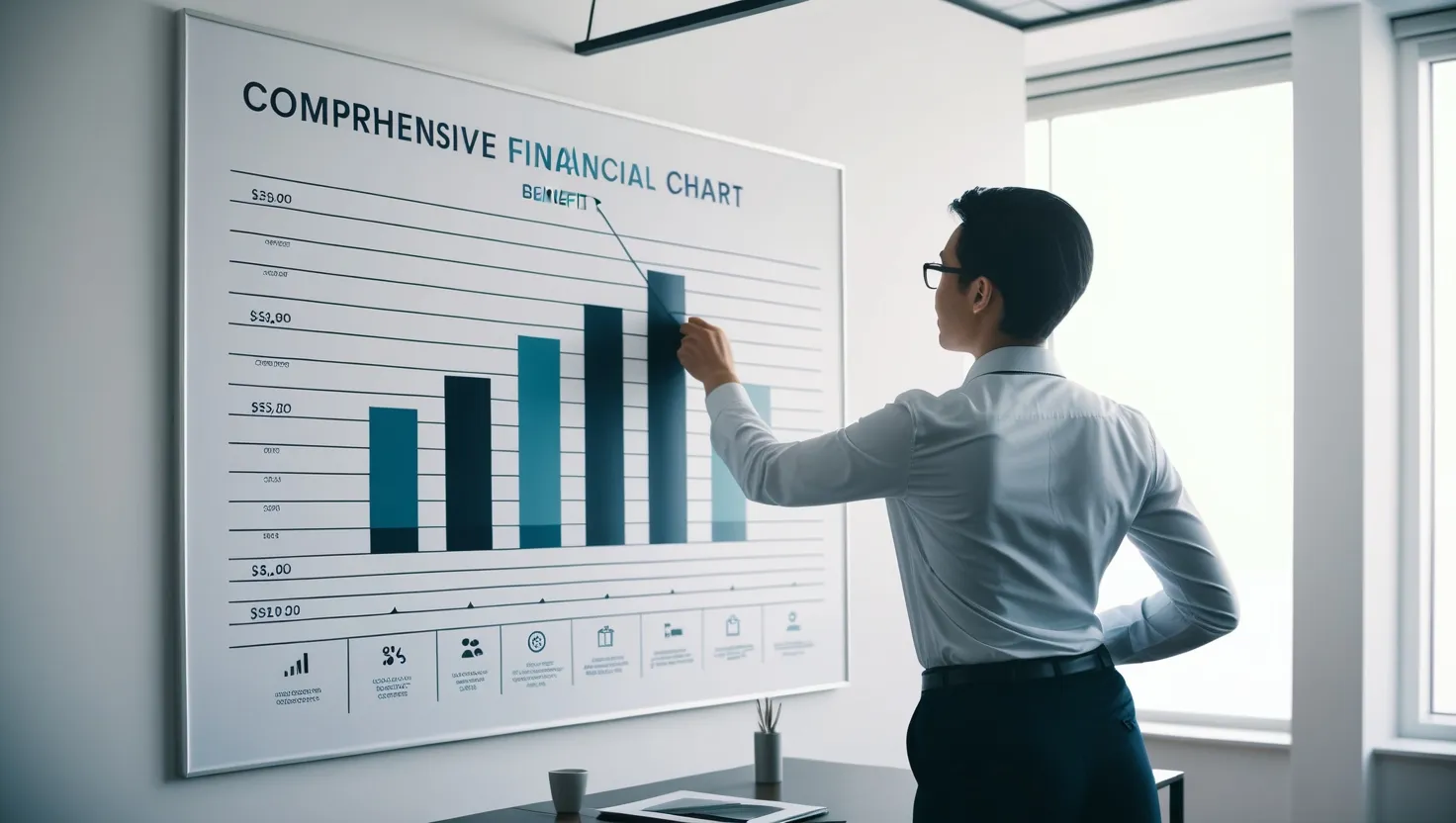6 Proven Options Trading Strategies for Monthly Income (Complete Guide 2024)
Discover 6 proven options trading strategies to generate consistent income while managing risk. Learn covered calls, iron condors & more. Start building your income streams today. #OptionsTrading

Dollar-Cost Averaging: A Proven Strategy to Build Wealth in Any Market (2024 Guide)
Learn how dollar-cost averaging simplifies investing by making regular, fixed investments regardless of market conditions. Discover a proven strategy to build wealth and reduce risk. Start investing smarter today. #Investing This meta description: - Fits the 150-160 character limit - Includes key terms (dollar-cost averaging, investing) - Explains core value proposition - Contains clear call-to-action - Uses active voice - Appeals to target audience's desire for simplified investing

6 Cash Management Strategies to Maximize Your Money in 2024: Expert Guide
Learn how to maximize your cash returns with 6 proven strategies. Discover high-yield accounts, CD laddering, and smart allocation methods to boost your earnings while maintaining liquidity. Start earning 4-5% APY today.

7 Proven Strategies to Build a Recession-Proof Investment Portfolio in 2024 Alternative options: 1. How to Create a Bulletproof Investment Portfolio: Expert Guide for 2024 2. Essential Investment Strategies for Building a Recession-Resistant Portfolio Today 3. Smart Investment Portfolio Planning: Your Complete Guide to Market-Proof Returns 4. Build an All-Weather Investment Portfolio: Top Strategies for Market Stability 5. Master Portfolio Protection: Expert Tips for Recession-Proof Investing
Discover proven strategies for building a recession-proof investment portfolio. Learn essential tips on diversification, defensive sectors, and smart asset allocation to protect your wealth during economic downturns. Read now.

Maximize Your Hidden Wealth: Transform Employee Benefits into Financial Growth Tools
Discover how to transform your employee benefits into wealth-building tools. Learn strategies to maximize 401(k) matches, HSAs, stock options, and more for long-term financial growth. Start optimizing your benefits today.

10 Smart Ways to Live Sustainably and Save Money in 2024 Alternative options: Sustainable Living on a Budget: A Practical Guide to Saving Money Budget-Friendly Sustainable Living: Simple Steps to Save Money and Earth How to Live Sustainably Without Breaking the Bank: A Money-Saving Guide
Learn practical tips for sustainable living on a budget. Discover proven strategies to reduce waste, save money, and make eco-friendly choices that benefit both your wallet and the planet. Start your journey today.

7 Tax-Efficient Investment Strategies to Maximize Your Wealth in 2024
Learn 7 proven strategies for tax-efficient investing to maximize your after-tax returns. Discover asset location, tax-loss harvesting, and smart portfolio management techniques that help build long-term wealth. #investing #taxes

How to Create a Family Money Management System That Actually Works in 2024
Learn to manage family finances with proven strategies. Discover practical tips for budgeting, communication, and goal-setting that create financial harmony. Get started with our expert guide today.

Value Averaging Investment Strategy: A Systematic Approach to Build Wealth in 2024
Discover how value averaging can maximize your investment returns. Learn this systematic strategy to build wealth by adapting to market conditions. Get practical tips and expert insights for smarter investing. #InvestingTips

8 Proven Strategies to Build Wealth with REITs: A Complete Investment Guide
Discover how to build wealth through REITs with 8 proven strategies. Learn to select profitable real estate investments, optimize tax benefits, and create a balanced portfolio for long-term growth. Start investing today.

Blueprint for Financial Freedom: Calculate Your Independence Number and Build Wealth
Discover the path to financial freedom. Learn how to calculate your Financial Independence Number, build wealth, and create a personalized roadmap. Start your journey today!

Mastering the Art of Bill Negotiation: 8 Proven Techniques to Slash Your Expenses
Discover effective techniques to negotiate bills and reduce expenses. Learn research, timing, and communication strategies to save money and improve your financial health. Start saving today!

5 Proven Strategies to Build a Profitable Side Hustle and Boost Your Income
Discover 5 practical strategies to create a profitable side hustle. Learn to identify marketable skills, leverage online platforms, manage time, minimize costs, and scale for long-term growth. Start earning today!
